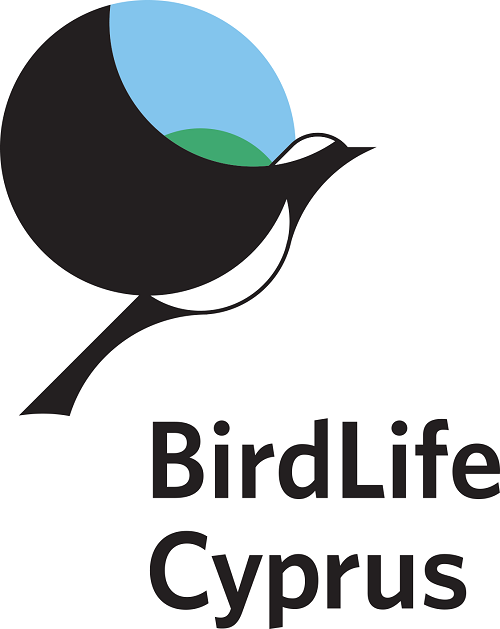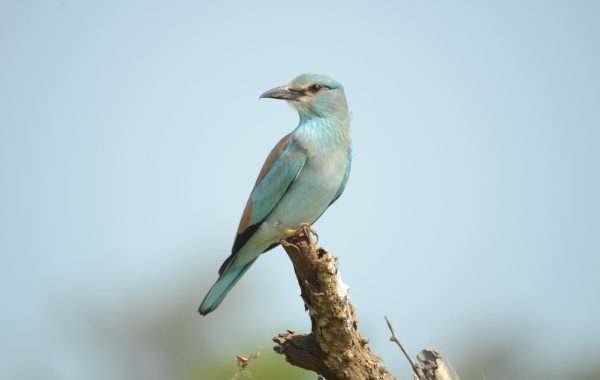It is always rewarding to see the smile on a farmer’s face when they hear that a Barn Owl has occupied “their” nest box. Since 2015, we’ve been installing Barn Owl boxes in collaboration with farmers and farming communities with funding from the Tasso Leventis Conservation Foundation. The aim is to turn to a wildlife-friendly method when it comes to controlling rodent populations.
It is no secret that around 350 stations of rat poison are placed in any one community island-wide to minimize damage to crops by rodents. But why turn to poison, when nature can provide the solutions? In this case, there is no one better equipped for the job, than the perfect rodent eradicator: the Barn Owl.
Why Barn Owls
With their night vision, their long, powerful talons, their acute hearing and their stealthlike flight, Barn Owls are perfectly adapted to catch rodents. Studies on Barn Owl diet show that they feed almost exclusively on rodents, with 96% of their diet comprised of rodents like rats, mice and shrews. A Barn Owl family consumes between 2000 and 6000 rodents a year, so by placing a nest box in a suitable habitat and under certain conditions it is relatively easy to attract a Barn Owl pair in an area. All of the above make the Barn Owl the ultimate predator of rodents and a farmers best friend.
How does it work?
Selecting sites for placing Barn Owl nest boxes is the first important step for starting the Barn Owl scheme in an area. BirdLife Cyprus’ project team first conducts site visits to check the suitability of a site. This depends on various environmental as well as anthropogenic factors, i.e. rodent presence, proximity of major roads, habitat type, crop type, application of rodenticides and other.
It is best to install nest boxes by December/January when Barn Owls start their search for a mate and a nesting site. No-one can guarantee if and when a Barn Owl will take up a nest box. It needs patience and persistence. Experienced staff carry out nest monitoring during breeding season to record nesting, number of clutch and other valuable information, taking care to avoid disturbing birds.

What are the successes of the project so far?
So far, we’ve installed a total of 57 Barn Owl nest boxes in collaboration with 14 farmers/farming communities and two hunting associations. The project has also installed thirteen nest boxes for Common Kestrels, who complement the Barn Owl’s work during the day.
Out of the 31 nest boxes that have been monitored so far during the 2019 breeding season, we recorded Barn Owl presence in six boxes, Little Owl in two boxes, Scops Owl in three boxes and Common Kestrel in one of the nest boxes.

Outreach, collaboration and research
Education, collaboration with relevant government departments and research go hand-in-hand with the Barn Owl nest box scheme.
As part of the project, we reach out to schools in communities participating in the project, to raise awareness among young children about the importance of protecting Barn Owls and the free services that they provide to farmers. The children had the chance to analyze real Barn Owl pellets (consisting of fur, bones, teeth and anything else that can’t be digested and are disgorged in the form of a tight ball) and discover more about the diet of these birds. In the beginning they were a little bit reluctant about engaging with this activity, but eventually excitement took over as they began discovering the bones inside the pellets and tried to reconstruct the skeletons of the rodents that were eaten by the Barn Owls. This is an activity that neither the children nor us will ever forget!

When it comes to research, we are currently looking into possible collaborations with Universities and students to carry out fundamental research work that will feed into the Barn Owl nest box scheme and the efforts to reduce use of rodenticides.
The Game and Fauna Service, the Department of Forests and the Department of Agriculture have also been installing Barn Owl boxes in Cyprus. To promote and coordinate the work being done by government departments and by BirdLife Cyprus, we are currently working on the preparation of a National Action Plan for Barn Owls, with the support of the Minister of Agriculture. This National Plan will describe the actions that need to be taken on an national level to enhance work on the level of research, education, reduction of rodenticide use, and the creation of an agri-environment scheme that will further promote the use of Barn Owl nest box scheme by farmers.
The production of 2nd generation rodenticide in the Department of Agriculture facility has been reduced by almost 50% in the last six years. Looking ahead, we hope that production and use of rodenticides harmful to wildlife will be reduced to the absolute minimum and farmers will be benefited by the Barn Owl nest box scheme.
Using the Barn Owl as a biological rodent control is a method widely used in other countries. Israel, for example, has been using this method successfully since the 80s and has managed to reduce rodenticide use by 80% since 2006. Our project is implemented in collaboration and expert support from Israel, University of Lausanne and Greece. To learn more about the project, please visit birdlifecyprus.org/barn-owl-project




